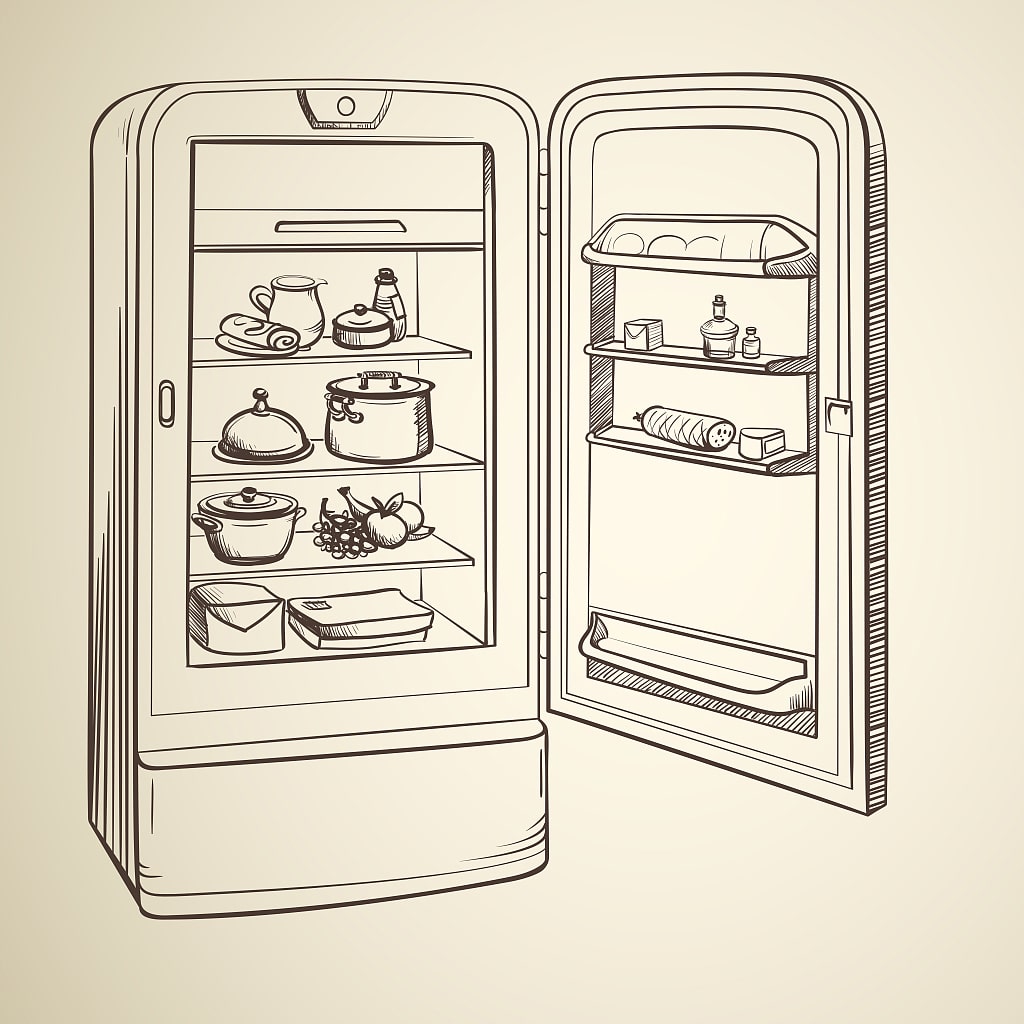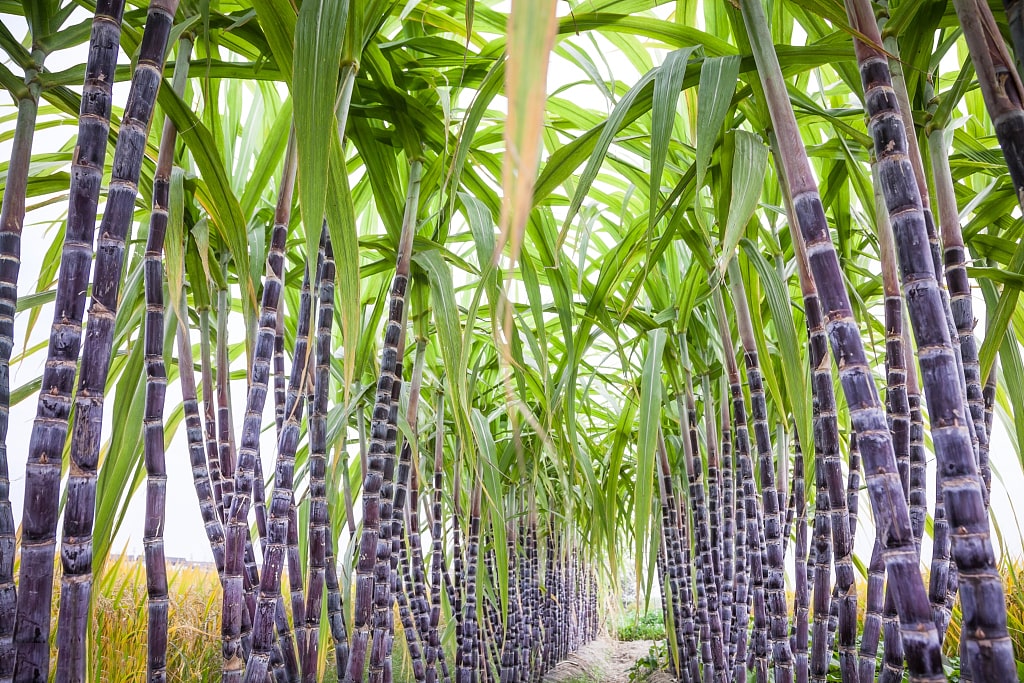These containers are designed to break down naturally, leaving behind no harmful residue or waste. Compostable freezer containers offer a promising solution for reducing the environmental impact caused by conventional plastic packaging.
Definition of Compostable Freezer Containers

These materials include plant-based alternatives such as cornstarch, sugarcane bagasse, and biodegradable plastics like polylactic acid (PLA) and polyhydroxyalkanoates (PHA). Compostable freezer containers provide an eco-friendly alternative that not only minimizes waste but also contributes to soil enrichment through the composting process.
The Importance of Sustainable Packaging in Reducing Waste
In today's world, where landfills overflow and oceans suffer from plastic pollution, it is crucial to adopt sustainable practices in every aspect of our lives. Packaging has long been one of the major contributors to environmental degradation due to its excessive use and improper disposal. Sustainable packaging solutions like compostable freezer containers play a vital role in reducing waste by breaking the cycle of single-use plastics and encouraging responsible consumer behavior.
Composting these types of containers offers several advantages over traditional disposal methods, including reduced carbon footprint, diversion from landfills, and decreased methane emissions. By choosing sustainable packaging options like compostable freezer containers, we actively contribute to a healthier planet for future generations while minimizing our impact on the environment.
Overview of Compostable Materials
Composting is a biological decomposition process that converts organic waste into nutrient-rich humus through the action of microorganisms, such as bacteria and fungi. This natural cycle mimics how organic matter decomposes in nature, but it is expedited in controlled environments to optimize decomposition rates.
Explanation of Composting Process and Its Benefits
Additionally, composting enriches soil health by increasing nutrient availability and moisture retention while promoting beneficial microbial activity. It also helps suppress plant diseases and pests naturally.
Types of Materials Used in Compostable Freezer Containers
Plant-Based Materials (e.g., cornstarch, sugarcane bagasse)
Sugarcane bagasse, the fibrous residue left after extracting juice from sugarcane, is another popular plant-based material used in compostable freezer containers. It offers similar advantages to cornstarch-based materials but with the added benefit of being microwave-safe and resistant to higher temperatures.

Biodegradable Plastics (e.g., PLA, PHA)
Polyhydroxyalkanoates (PHA) are another type of biodegradable plastic that offers excellent barrier properties against oxygen and moisture. PHA-based freezer containers provide an effective solution for preventing freezer burn while keeping food fresh.
Paper and Cardboard
Paper and cardboard materials have long been used in packaging due to their widespread availability and low environmental impact. Though not as common in freezer containers due to moisture sensitivity, advancements in coatings have made them viable options for certain applications. In recent years, compostable paperboard containers with water-resistant coatings have emerged as alternative choices for eco-conscious consumers seeking sustainable packaging options even for frozen foods.
Advantages of Compostable Freezer Container
Environmental Benefits
Subheading: A Greener Alternative to Traditional Plastic Containers Compostable freezer containers offer several significant environmental benefits compared to traditional plastic containers. One of the most notable advantages is the reduced carbon footprint associated with their production and disposal.
When disposed of properly in a composting facility, these containers break down into organic matter through the natural decomposition process. By diverting them from landfills, where organic waste can generate methane (a potent greenhouse gas), compostable freezer containers help mitigate harmful environmental impacts.
Versatility and Functionality
Compostable freezer containers not only align with sustainable practices but also offer practicality in various culinary scenarios. Their versatility and resistance to grease, oil, and moisture make them an excellent choice for eco-conscious consumers seeking convenient and reliable food storage solutions.
Composting Process for Freezer Containers
Requirements for Successful Composting
Creating optimal conditions for composting is crucial to ensure the efficient breakdown of compostable freezer containers. One key requirement is maintaining a proper balance between carbon-rich "browns" and nitrogen-rich "greens." Carbon-rich materials, such as shredded paper or cardboard, provide structure and energy to the compost pile.
Nitrogen-rich materials, such as food scraps or grass clippings, supply the necessary nutrients for microbial activity. Achieving a balance between these two types of organic matter promotes decomposition while preventing odor issues or nutrient imbalances in the final compost.
Optimal Temperature, Moisture, and Aeration Levels
Aeration is another critical factor; oxygen availability supports aerobic decomposition, preventing unpleasant odors associated with anaerobic processes. Regularly turning or mixing the compost pile helps maintain proper aeration levels.
Timeframe for Decomposition
On average, compostable freezer containers take anywhere from several weeks to several months to fully break down, depending on the aforementioned variables. By understanding the prerequisites for successful composting and the time it takes for compostable freezer containers to decompose, we can better appreciate the intricacies of turning waste into valuable organic matter.
Disposal Options for Compostable Freezer Containers
Home Composting
Subtitle: Nurturing the Earth in Your Own Backyard When it comes to disposing of compostable freezer containers, home composting provides an excellent solution that allows you to actively participate in the sustainable cycle. Follow these steps to successfully compost at home:
- Size: Ensure your backyard has enough space for a properly sized compost bin or heap. - Pests and Odors: Properly manage your compost pile by avoiding strong-smelling food waste and controlling pests with appropriate measures.
Municipal or Commercial Composting Facilities
By utilizing municipal or commercial composting facilities, you contribute to a larger-scale effort in diverting organic waste from landfills and reducing methane emissions. It also supports the circular economy by providing valuable compost that can be used to enrich soil for agricultural purposes and landscaping projects.




